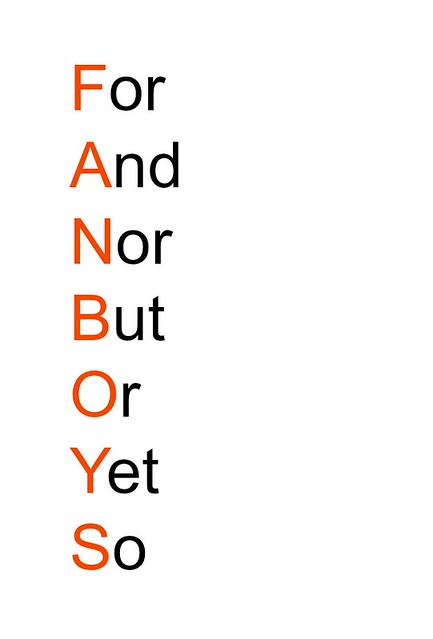“Conjunction Junction—what’s your function?”
Did you start to sing along? Can you picture the images?
How old are you????? lol
Most kids today are not raised on “School House Rock,” which is such a shame! Because you really can’t forget the songs, jingles, rhymes—and dare I say—rules learned from those little ditties. (You can still find them on Youtube!)
And those little ditties are really needed when it comes to commas! Commas are a mystery to many people–and rightly so! They are extremely subjective at times across the board. And then, different handbooks and authorities stress different rules for them, making them even more elusive.
I hope to demystify them at least a little bit in this series–and give you the confidence you need to write using commas correctly.*
Note: If you are in test taking situations or contest writing situations, it is more important than ever for you to master comma, semicolon, colon, and quotation use. As a matter of fact, we have an entire unit in our Meaningful Composition 11 I: Timed Essays book just focusing on these skills because when they are done correctly, it is impressive. When they are done incorrectly, it is obvious to graders. Work hard to learn these skills, students! Smile…that was my mom/teacher voice!
Comma Clue #1: Creating a Compound Sentence With a Comma-Coordinating Conjunction (,cc)+
CS ,cc CS+
1. The spider’s victims seldom escape, for they are caught in a sticky web.
2. The victims are stuck, and they become “dinner.”
3. They can not free themselves, nor can they be freed.
4. They sit in the web and wait, but they do not wait for long.
5. The spider lets the victim sit in the sticky mess for a while, or it carries the victim away to eat it right away.
6. The spider is ruthless, yet it is also known for its special “web designs.”
7. The spider has special skills, so it puts these skills to good use.
Why/How:
-Coordinating conjunctions (cc’s) include the following with the acronym FANBOYS: For, And, Nor, But, Or, Yet, So
-A comma must be used with the cc when combining two complete sentences into one.
-With a comma only (no cc), you would be creating a comma splice, also known as a run-on sentence–two sentences joined together incorrectly.
-Each side of the compound sentence must be able to stand alone in order to be combined with a comma-cc.
-Complete sentence on the left: The spider’s prey seldom escapes & a complete sentence on the right: it is caught in a sticky web.
-If a CS is not on one side or the other of the cc, no comma is used: The spider’s prey seldom escapes and oftentimes gets eaten (no CS after and, so no comma.
+This series, as well as upcoming series’ will use the following abbreviations to teach:
a. CS–complete sentence
b. cc–coordinating conjunction (think FANBOYS–For, And, Nor, But, Or, Yet, So)
c. CA–conjunctive adverb
d. Sub–subordinator
e. Prep–preposition
f. PP–prepositional phrase
g. sub clause–subordinate clause (or dependent clause–group of words with a subject and a verb/verb phrase that cannot stand alone)
h. phr–phrase (group of words that does not contain both a subject and a verb that cannot stand along





